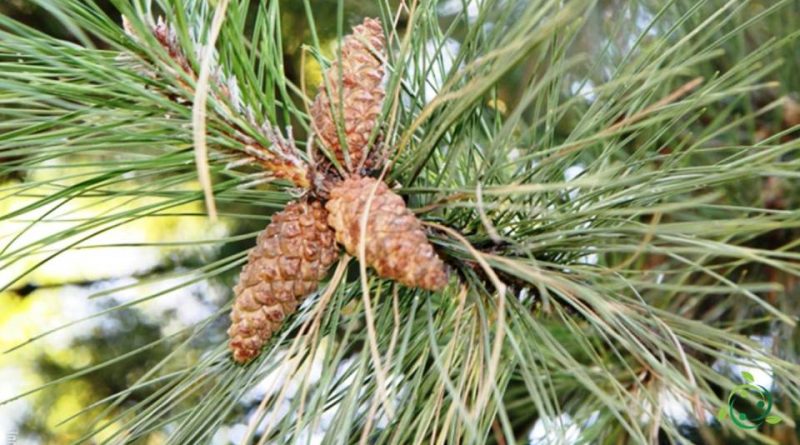How the black pine is grown
How the black pine is grown
The black pine (Pinus nigra J.F. Arnold, 1785) is a tree of the Pinaceae family present exclusively in the Mediterranean mountainous regions with an extremely fragmented range as it is a pioneer relict species.
This plant is widespread in Southern Europe and Asia Minor and some subspecies are recognized within it.
Its reproductive structures are: yellow male cones, sometimes dotted with red, numerous at the base of the young shoots; the female ones, sessile, first ovoid then ovate-conical and no more than 8 cm long, are opaque, green when unripe, therefore they take on a brown ocher hue.
Cultivation –
Pinus nigra is a plant found in nature in most of the Italian peninsula with the exception of Piedmont and Val d’Aosta, Sardinia, Puglia, and Basilicata and with an altimetric distribution between 0 and 1200 meters above sea level.
For its cultivation it should be considered that it is a heliophilic plant and that it can grow in many types of soils but with differentiations regarding the pH. Normally the so-called Austrian pine grows on calcareous soils, while the larch pine grows on acidic ones. The ideal soil must also be very well drained and is a plant that tolerates brackish winds, strong winds, aridity and cold very well.
Black pine propagates by seed with a high percentage of germination at ideal temperatures ranging from 15 to 20 ° C depending on the area of origin of the seed. In this sense it is advisable to sow the local varieties of Pinus nigra in order to control the ideal environmental conditions for the development of seedlings.
After sowing, which must be carried out after the seeds have been collected and directly in individual containers, protected from rot and nematodes, to avoid damaging the seedlings with repotting, planting can be carried out as soon as possible, taking care to protect the young pine black from winter frost for the first two years. Instead, transplants should be avoided, especially for plants that have reached a height of over 90 cm.
Below the Pinus nigra, as for other pines, the soil tends to acidify so if you want to grow under it you have to choose acidophilic plants.
Uses –
The Black Pine is a sturdy tree capable of withstanding intense cold and strong temperature fluctuations. It is a forest essence of primary importance, of which numerous and extensive reforestations have been carried out throughout the peninsula; the natural populations of Sila and Sicily and the artificial ones are also managed. We practice the cut flush, in strips and holes with a diameter equal to double the height of the plants. The shift does not exceed 100 years. The artificial populations are to be considered transitory and will be replaced by the original species. Black pine exerts a favorable effect on soil cover and protection and in a short time, produces a decent bedding. At the end of the shift, productions of 1000 cubic meters per hectare can be reached.

